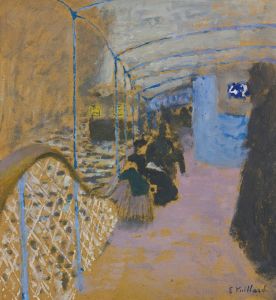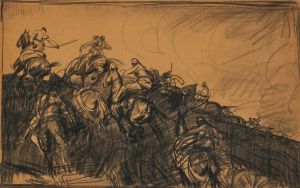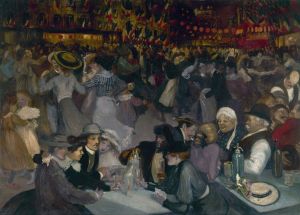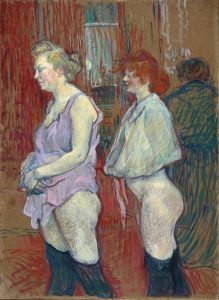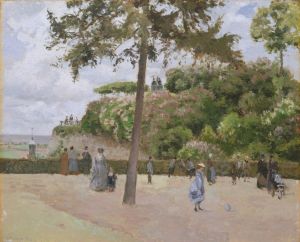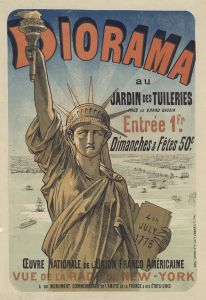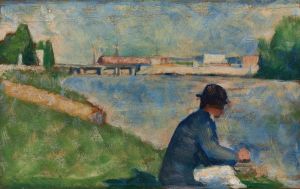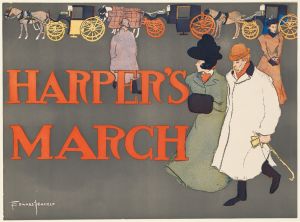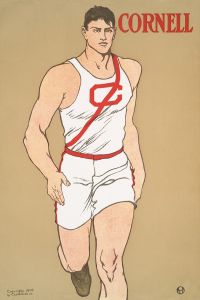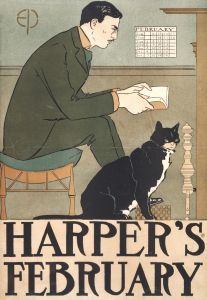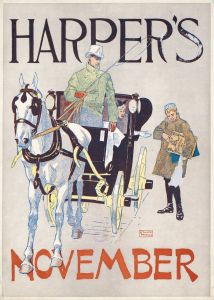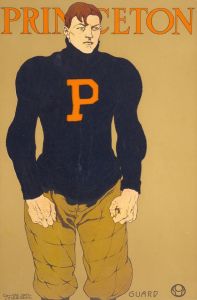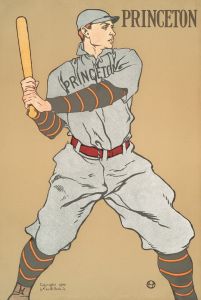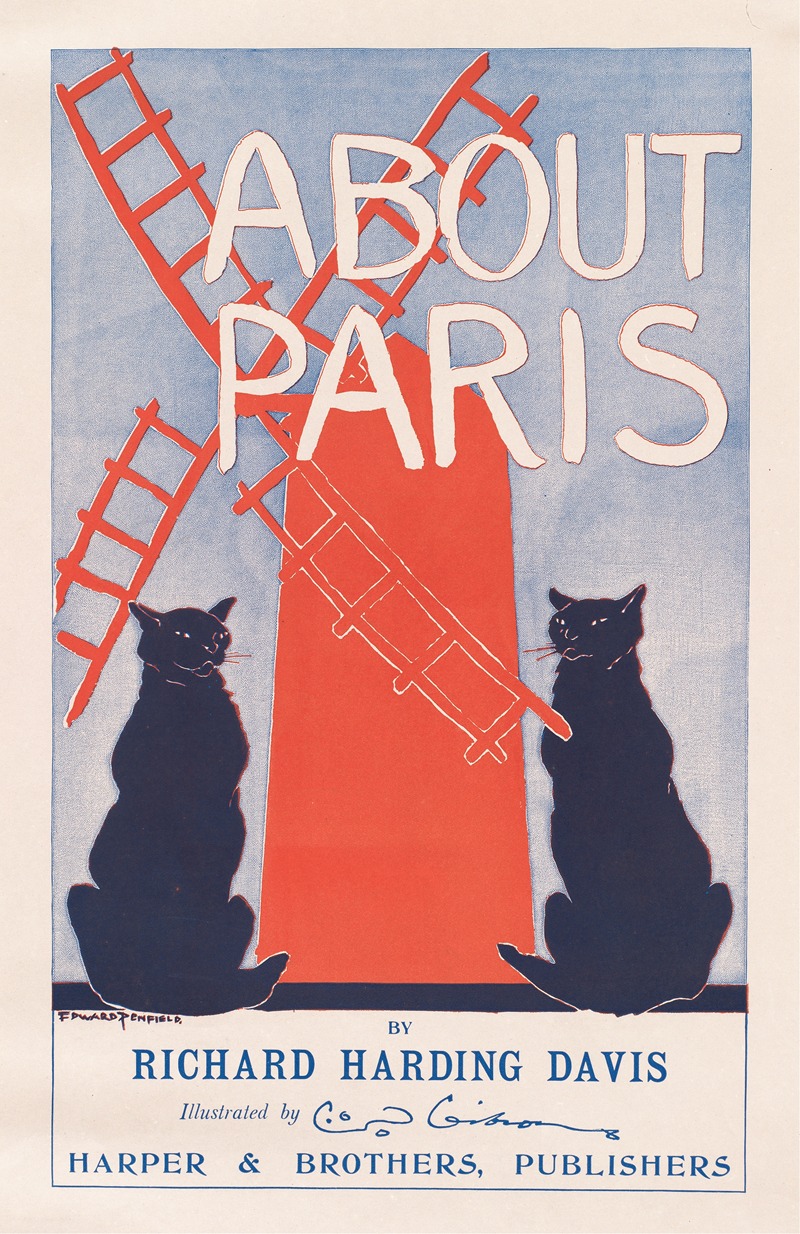
About Paris
A hand-painted replica of Edward Penfield’s masterpiece About Paris, meticulously crafted by professional artists to capture the true essence of the original. Each piece is created with museum-quality canvas and rare mineral pigments, carefully painted by experienced artists with delicate brushstrokes and rich, layered colors to perfectly recreate the texture of the original artwork. Unlike machine-printed reproductions, this hand-painted version brings the painting to life, infused with the artist’s emotions and skill in every stroke. Whether for personal collection or home decoration, it instantly elevates the artistic atmosphere of any space.
"About Paris" is a notable poster created by the American illustrator Edward Penfield in 1895. Penfield, who is often regarded as the father of the American poster, was a prominent figure in the world of illustration during the late 19th and early 20th centuries. His work is characterized by its bold lines, simplified forms, and vibrant colors, which were influenced by the Art Nouveau movement.
Edward Penfield was born in 1866 in Brooklyn, New York. He studied at the Art Students League of New York, where he was influenced by the teachings of George de Forest Brush and Kenyon Cox. Penfield's career took off when he became the art director for Harper's Magazine in 1891. During his tenure at Harper's, he created a series of monthly posters to promote the magazine, which became highly popular and are now considered classic examples of American poster art.
"About Paris" was one of these promotional posters for Harper's Magazine. The poster was designed to advertise the April 1895 issue, which featured articles about Paris. The artwork depicts a fashionable woman dressed in the style of the time, reading a copy of Harper's Magazine. She is seated at an outdoor café, a quintessential Parisian setting, with the Eiffel Tower visible in the background. The scene captures the allure and sophistication associated with Paris, which was a popular theme in art and literature during the Belle Époque period.
Penfield's use of flat colors and strong outlines in "About Paris" reflects the influence of Japanese woodblock prints, which were highly fashionable among Western artists at the time. This style, known as Japonisme, had a significant impact on the development of modern art in Europe and America. Penfield's posters, including "About Paris," are noted for their clarity and elegance, making them effective as both advertisements and works of art.
The poster's composition is carefully balanced, with the figure of the woman dominating the foreground while the background elements, such as the café setting and the Eiffel Tower, provide context and depth. The text is integrated into the design in a way that complements the visual elements without overwhelming them. This harmonious blend of text and image is a hallmark of Penfield's work and contributes to the poster's enduring appeal.
"About Paris" is an excellent example of how Penfield's posters helped to elevate the status of commercial art. By combining artistic quality with promotional purpose, Penfield demonstrated that advertising could be both aesthetically pleasing and effective. His work paved the way for future generations of illustrators and graphic designers, influencing the development of visual communication in the 20th century.
Today, Edward Penfield's posters, including "About Paris," are highly sought after by collectors and are featured in the collections of major museums, such as the Metropolitan Museum of Art in New York and the Library of Congress in Washington, D.C. They continue to be celebrated for their artistic merit and historical significance, offering a glimpse into the cultural and artistic trends of the late 19th century.





